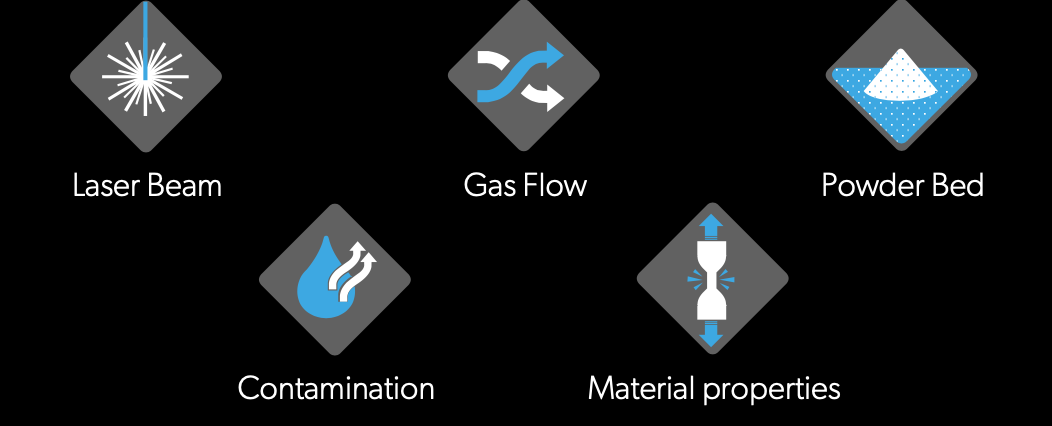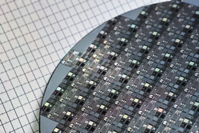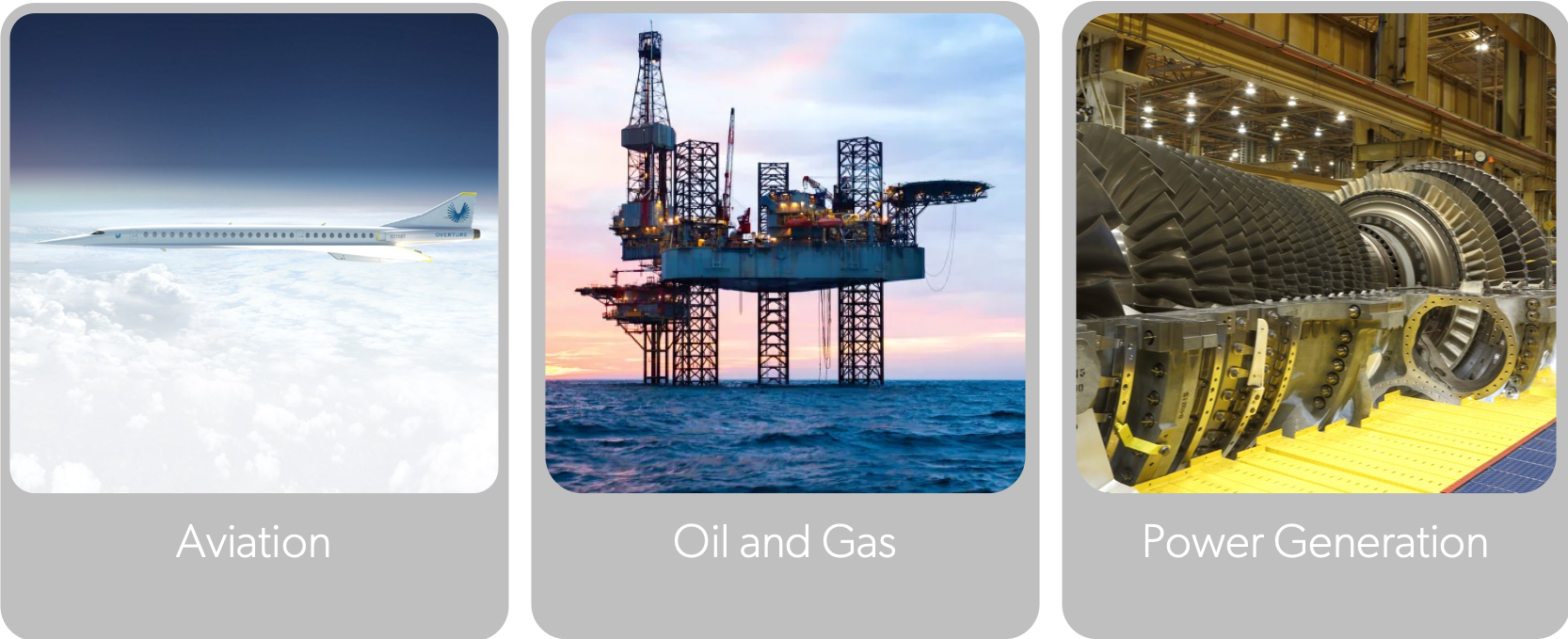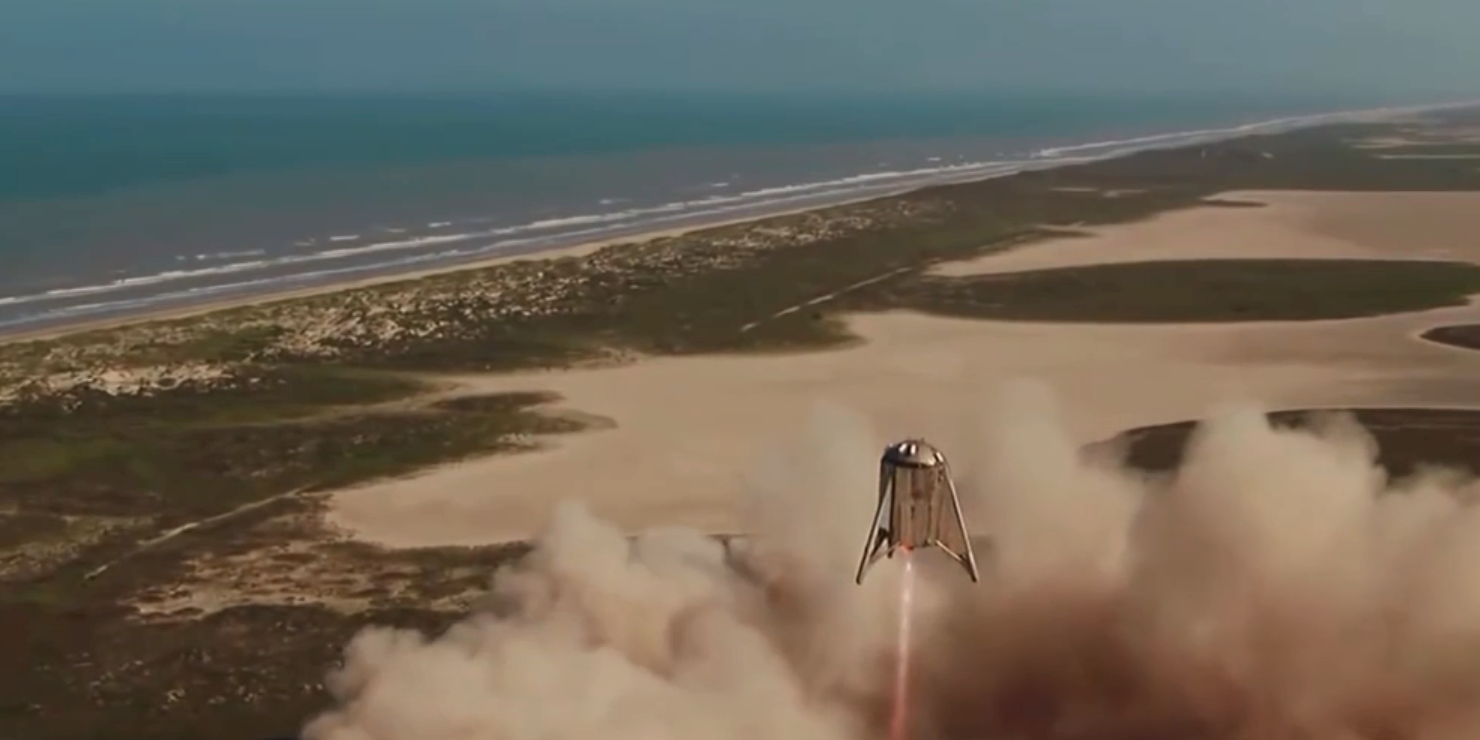In 2020, we celebrate the 25th anniversary of the invention of metal laser powder bed fusion. In that time, certain industries, like emerging space, have completely revolutionized rocket engines and space flight with higher thrust, larger payloads, faster development times, and lower cost. Much of this is due to the benefits of additive manufacturing. We can be proud of how AM is powering the new space race. However, in other industries like aviation, oil and gas, and energy production widespread adoption has been slow to emerge. So why is adoption negligible in these industries, and why is the space industry so successful with AM? We believe the reason is that these industries require mass production of parts with consistency, reliability and above all quality that has not been available in 3D metal printing systems until now. Let’s take a look at what’s changed and why things have just gotten a whole lot better for AM.
Growing AM Requires New Innovations
 On the one hand, metal AM is a remarkable process - quite simple in concept – a laser strikes a powder bed to melt the metal and print the part. Repeat. But the simplicity is misleading. In reality, it is incredibly complex. The size and position of each laser must be exact, and the lasers have to be calibrated to one another. Gas flow needs to be well regulated, and the powder bed has to be consistent in its composition, density and morphology.
On the one hand, metal AM is a remarkable process - quite simple in concept – a laser strikes a powder bed to melt the metal and print the part. Repeat. But the simplicity is misleading. In reality, it is incredibly complex. The size and position of each laser must be exact, and the lasers have to be calibrated to one another. Gas flow needs to be well regulated, and the powder bed has to be consistent in its composition, density and morphology.
Adding to this complexity is the fact that these issues are unique for each part. Due to localized effects of part features, each interaction is geometrically dependent. This leads to a myriad of solutions and customization and to a lack of control over the process and the end result.

The Secret Ingredient is Local Quality Control

Luckily, similar challenges have been tackled in other industries outside of space, and we can look to those for inspiration. Building a semiconductor is, arguably, more daunting than building an impeller. It involves hundreds of steps, months of coordinated effort, and a near-endless chain of devices that all have to work perfectly. And yet, semiconductors are manufactured with consistent quality and high yield. How do we get a single chip to work, much less 95% of them?
The secret ingredient is local quality control. The product is evaluated using relevant metrics after every single stage of production. This entails investment in process and monitoring but pays dividends in yield and consistency. The process is controlled locally, not globally. In AM, the process is too immature relying on tensile bars as a proxy for quality. To unlock AM as a production technology and to gain the confidence in AM that we need for large industry, this is insufficient.
To expand its reach as a production technology, AM would do well to adopt lessons from the semiconductor industry. The good news is that every aspect of AM can be converted into digital information. With the right metrology and sensors, we can monitor key variables that could cause the process to deviate or fail and make sure that the process remains centered in the process window. And we can do this layer by layer on every part that we print. This is not trivial – but it is also not theoretical. VELO3D has a product today that does exactly this. In real-time, the software documents whether the build is within tolerance or not.

Opening the Door to Production AM
Sapphire, VELO3D’s metal AM printer, contains a number of unique metrology sensors used to measure and control the process. This data is compiled and analyzed in real-time by Assure, VELO3D’s quality assurance and control software. Assure provides a thorough but also summarized evaluation of each build. While a single run may generate a terabyte of data, Assure simplifies that data by evaluating hundreds of different attributes to get to a simple conclusion – is the part good or not? Assure then provides a simple build report to validate part quality.
With semiconductor inspired solutions for quality control, VELO3D is creating the steppingstone for risk averse, industrial companies to achieve the consistency and reliability they require for additively manufactured parts. We are now in the validation phase with a number of customers who are making the shift to AM. But this is just the start. The promise of AM as a production technology has arrived. I can’t wait to see what will happen over the next few years and to see what engineers will be able to accomplish with this powerful source of design freedom at their disposal. Once we establish the steppingstone of AM as a serial production technology the door will be fully open for widespread adoption.




